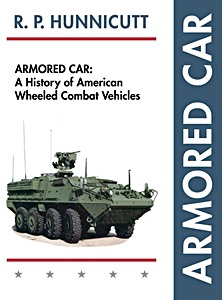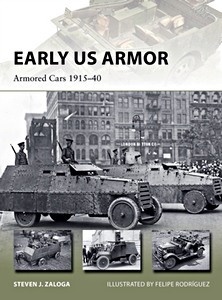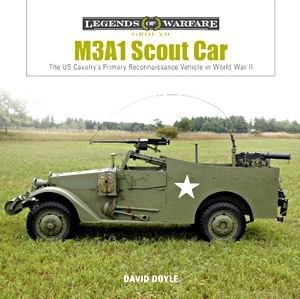American Wheeled Armoured Fighting Vehicles (Images of War)
Numerous wheeled armoured fighting vehicles have seen service in the US armed forces on and off for over 80 years.
There have been various changes of policy and twice, after the Second World War and Vietnam, they went out of favour but their use is now well established.
This well researched and superbly illustrated book describes all the different types and variants since the first M1 was ordered in 1931. The M8 armoured car was widely used during World War Two but it was not until Vietnam that further wheeled AFVs came into service, notably the M706 armoured car.
After a lull the US Marine Corps adopted the Light Armoured Vehicle (LAV) in 1983. The US Army first used armoured Humvees in 1994 and variants remain in service (M1141 and M1116).
Other types today include the Guardian (M1117) and the Army version of the LAV names the 'Stryker'. To meet the operational requirements of Iraq and Afghanistan the Mine Resistant Ambush Protected vehicle (MRAP) was ordered in bulk from 2007.
Details
| Autor: | Michael Green |
|---|---|
| Ausführung: | 192 Seiten, 24.5 x 19 cm, kartoniert |
| Abbildungen: | 250 farbige und s/w-Abbildungen |
| Verlag: | Pen & Sword Books Ltd (GB, 2016) |
| Serie: | Images of War |
| ISBN: | 9781473854369 |






